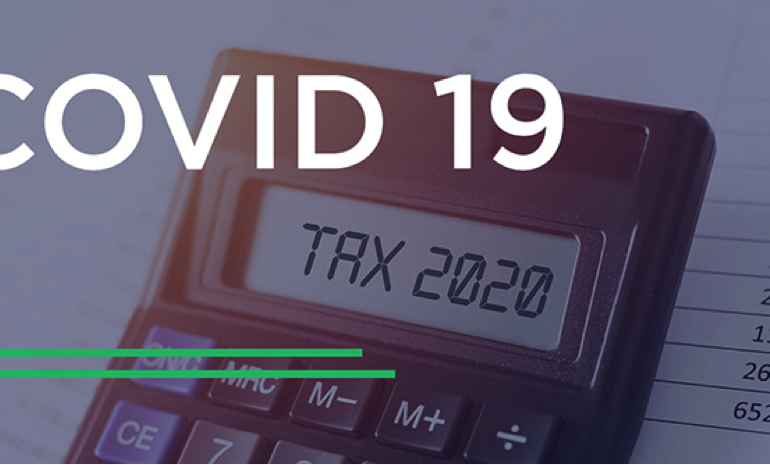[/vc_column_text][/vc_column][/vc_row]
Claiming the 2021 employee retention tax credit (ERTC)
On August 4th, the IRS issued updated guidance on the Employee Retention Tax Credit (ERTC) (pdf download). This important update made the credit available for employers who paid qualified wages in previous tax quarters from June 30th, 2021 – Dec 31st, 2021, making it now applicable for all four quarters. Although this program is scheduled to end in 2021, businesses will be able to claim the tax credit on amended payroll tax returns three years from the date of filing, per the statute of limitations.
The ERTC was created in March 2020 as part of the Coronavirus Aid, Relief and Economic Security Act (CARES) to encourage businesses to keep employees on their payrolls. The Consolidated Appropriations Act (CAA), created in December 2020 and American Rescue Plan Act (ARPA) created in March 2021, extended and expanded the ERTC.
The ERTC is for private-sector businesses and non-profit organizations that experienced:
- A full or partial suspension of operations due to governmental orders limiting commerce due to COVID-19 in 2020 or 2021
- A gross receipts decline of more than 50%, or in some cases 20%, during any 2020 or 2021 calendar quarter, as compared to the prior year
- Under the new guidelines, eligibility was further extended to “recovery startup businesses” launched after Feb. 15, 2020, for which average annual gross receipts did not exceed $1 million, subject to a quarterly ERTC cap of $50,000.

How much will this cost me?
While Floridians may view this law as controversial, many will be surprised to learn that they will simply be paying tax on something they were supposed to be paying for years.Importantly, under the amended guidelines, for 2021 businesses can receive 70% of the first $10,000 of qualified wages paid by the employer for every employee in each qualifying quarter. The previous credit for Quarters 2-4 in 2020 was 50% of the first $10,000 of qualified wages paid by the employer for every employee. So, the maximum ERC for 2020 would be $5,000 per qualifying quarter, per qualifying employee, while for 2021, it would be $7,000 per qualifying quarter, per qualifying employee ($28,000 per employee for all of 2021).
In all cases, employer-paid health benefits can be included as part of the employee’s qualifying wages. It should be noted that the ERC will apply as a credit against the Medicare tax for the 3rd and 4th quarters of 2021, as opposed to a credit against the Social Security tax, as was the case, previously.
“Qualifying wages” are different for small and large employers. For “Small Employers”, it is all wages paid to and Qualified Health Plan Expenses paid for, all employees for each quarter. For “Large Employers”, it is wages paid to and Qualified Health Plan Expenses paid for, employees for a period or periods that the employees did not perform services for the employer.
The definitions of small and large employers also changed from 2020 to 2021. In 2020, “Small Employers” were classified as those who averaged 100 or fewer full-time (30 hrs. / wk. or 130 hrs. / mo. Avg.). For 2021, it includes those who averaged 500 or fewer employees. “Large Employers” in 2020 were defined as those with over 100 employees. For 2021, this was expanded to those with over 500 employees.

As the U.S. government continues to look for ways to assist businesses affected by the continuing COVID-19 crisis, employers should stay abreast of new programs and amendments that may benefit them. At Brock CPA, we are working to keep our clients advised of such important changes. If you need tax planning and preparation assistance, we encourage you to contact our offices today by calling (904) 330-0268 or emailing dbrock@brockcpa.com. If you know fellow business owners who would benefit from this information, please do forward it to them. Thank you!



